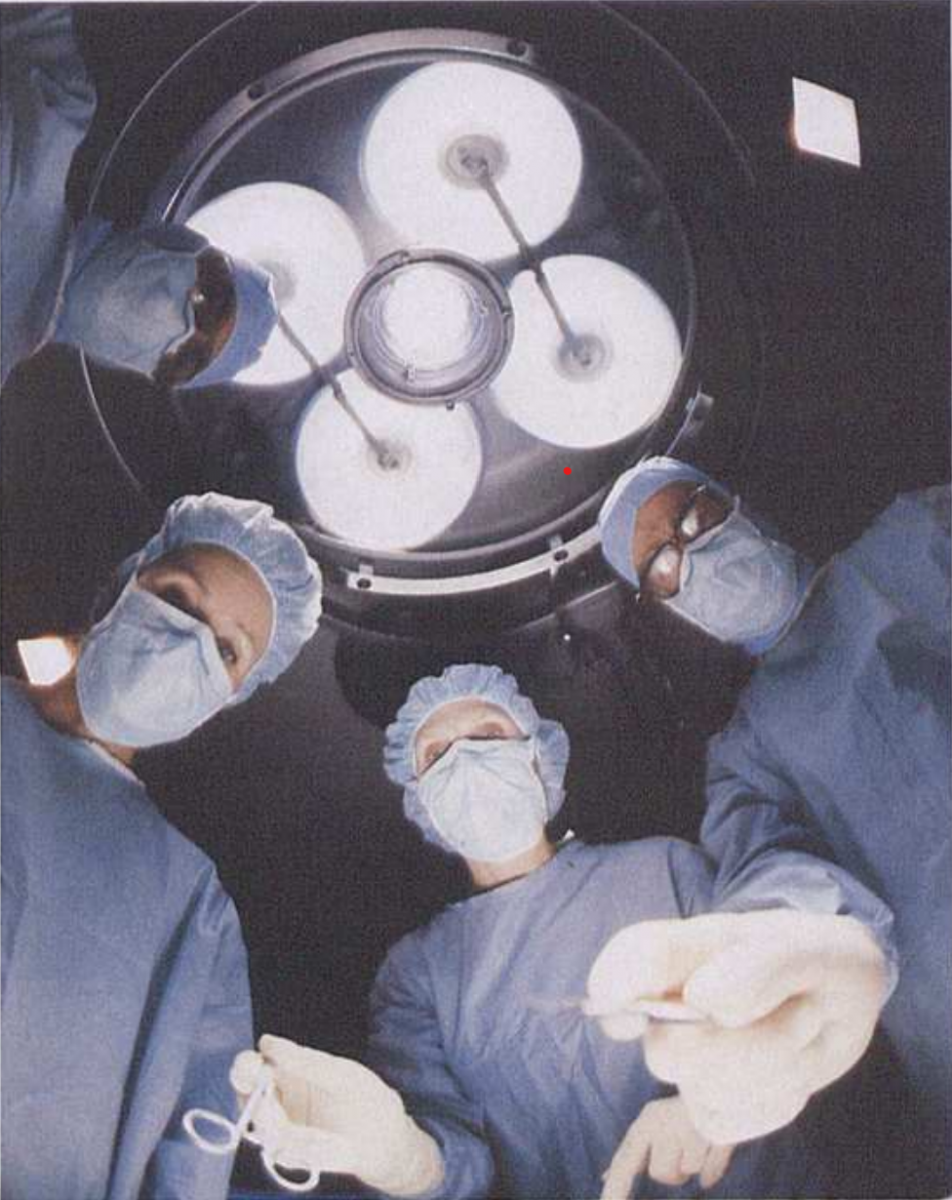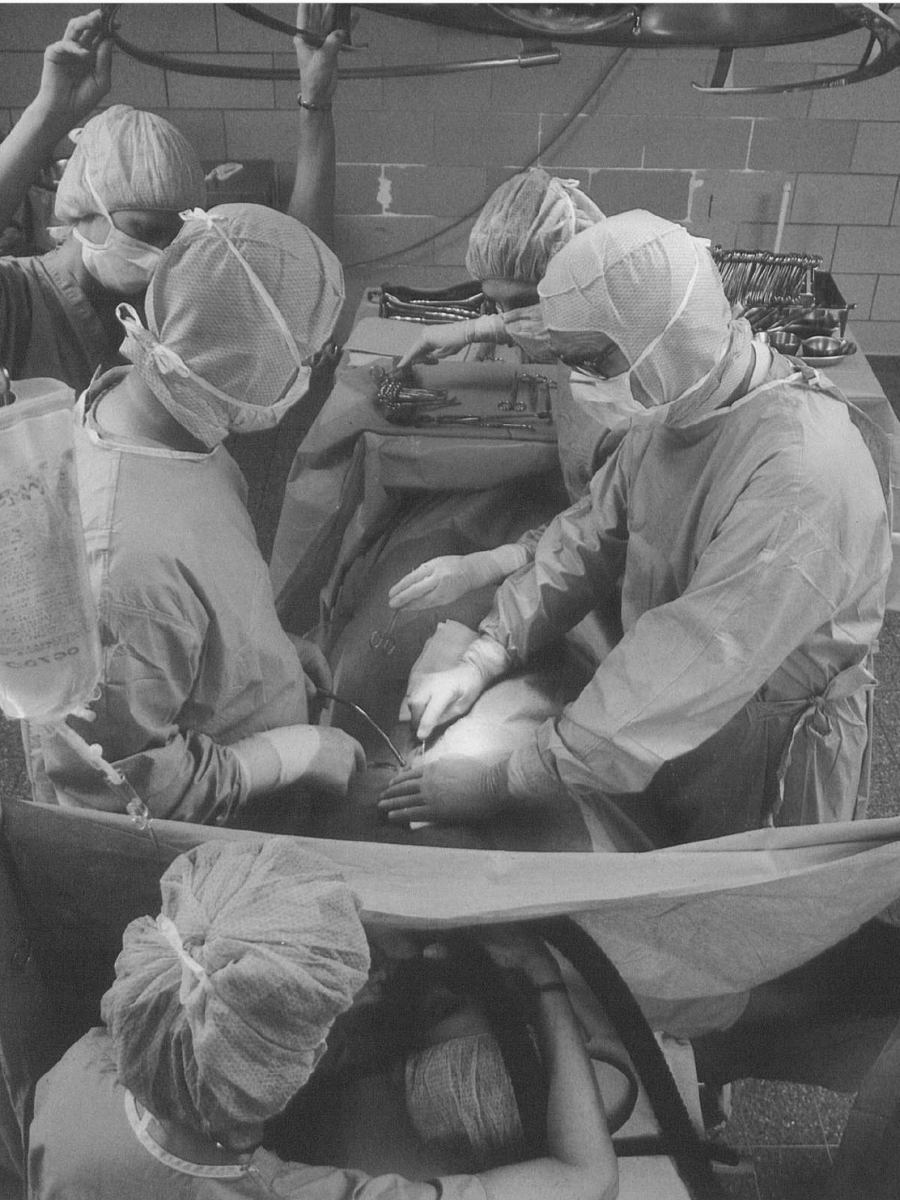Just before the official Delaware State announcement that non-essential businesses would have to close to reduce the of spread COVID-19, I started gathering what I would need to work from home. As a cultural institution, Hagley is considered non-essential, and only staff needed to monitor and maintain the physical plant will be allowed to work periodically. I started gathering up files and conservation books, physical reports and digital documents, anything I could use to do research, planning and policy writing at home, and loaded it all into my car. Some things I could not bring home, including accessioned materials from the Library collections. It would not be appropriate to try to do conservation treatments on collections at home, and my house is not equipped for that work anyway. I don’t have any air controls like filter systems or fume hoods, if solvents are needed. I also lack sufficient flat workspaces and I would have to displace all other activities that take place on our dining room table! Instructed to work from home, that spot has already become the center of operations for my husband and myself, as well as a hobby and craft table.
During the closure period we won’t be needing any protective face masks, so I started considering whether we should donate them to medical professionals. I wondered if the N95 masks, which we use to protect ourselves from dry particulates, like mold, would be effective against the COVID-19 virus. These N95 masks keep fine dusts from being inhaled, and they are frequently used in places like carpenter shops when surfaces are sanded, or materials are sawed. The “N” indicates that the mask protects in environments without oils (which can clog the mask), and 95 means that when appropriately donned, it can protect the wearer from 95% of airborne particulates. Respirators must be fit-tested to ensure that they effectively protect a given wearer, and they won’t work if you have facial hair. Sorry beard wearers, anything more than peach fuzz prevents an effective seal! NIOSH, the National Institute for Occupational Safety and Health is the U.S. authority that tests respirator products and certifies their efficacy. However, NIOSH does not certify masks for surgical use. That work is done by the FDA, which regulates surgical masks and surgical N95 respirators differently based on their intended use. According to the FDA website:
“A surgical mask is a loose-fitting, disposable device that creates a physical barrier between the mouth and nose of the wearer and potential contaminants in the immediate environment." These are often referred to as face masks, although not all face masks are regulated as surgical masks.
Since the surgical masks are not tight-fitting, they don’t provide the wearer much protection from infections.
An N95 respirator is a respiratory protective device designed to achieve a very close facial fit and very efficient filtration of airborne particles. The edges of the respirator are designed to form a seal around the nose and mouth. Surgical N95 respirators are commonly used in healthcare settings.
Some N95 masks have an exhalation valve, which would not be appropriate in surgery, because it won’t protect the patient on the other side from “respiratory secretions”. According to the CDC, the N95 mask is capable of filtering out particles as small as viruses and bacteria.
Sometimes counterfeit masks with fake NIOSH approvals are identified on the market. Currently, there may be more counterfeit products than usual. As they become aware, NIOSH lists these fakes on their website.
There have been ongoing reports of limited respirator supply. To protect health workers, and in response to the coronavirus disease 2019 (COVID-19) outbreak, NIOSH says that it is working to approve and check new products for quality.
We decided to donate our unused masks and gloves to health care providers, one exception being our reusable respirators. (See the post about our donation.)

These Images from the September/October 1981 issue of DuPont Magazine show surgical use of DuPont materials made of Tyvek and Sonara, as barriers for protection from infection. Here is the link to the full issue.
Laura Wahl is the Library Conservator at Hagley Museum and Library.

